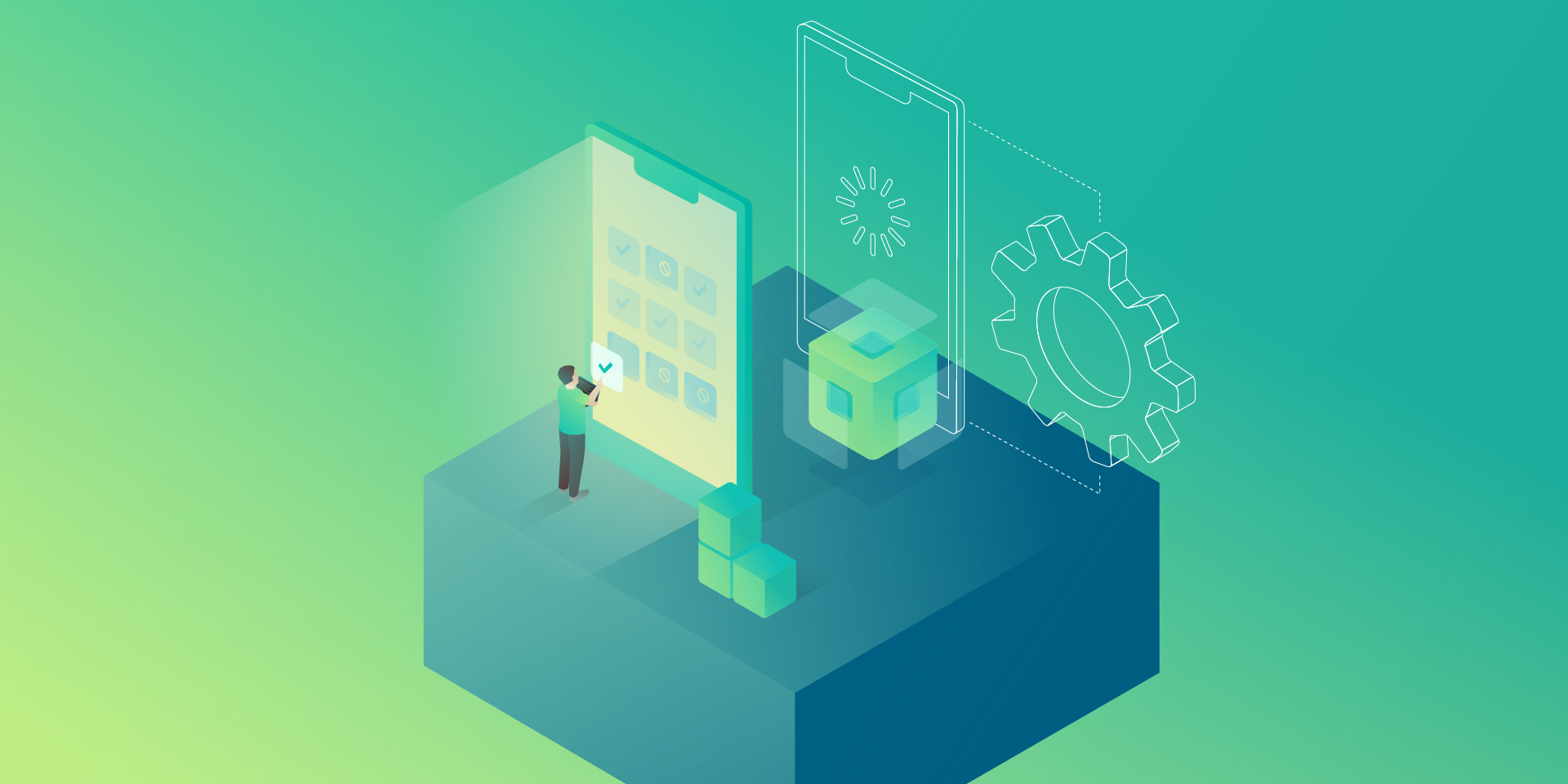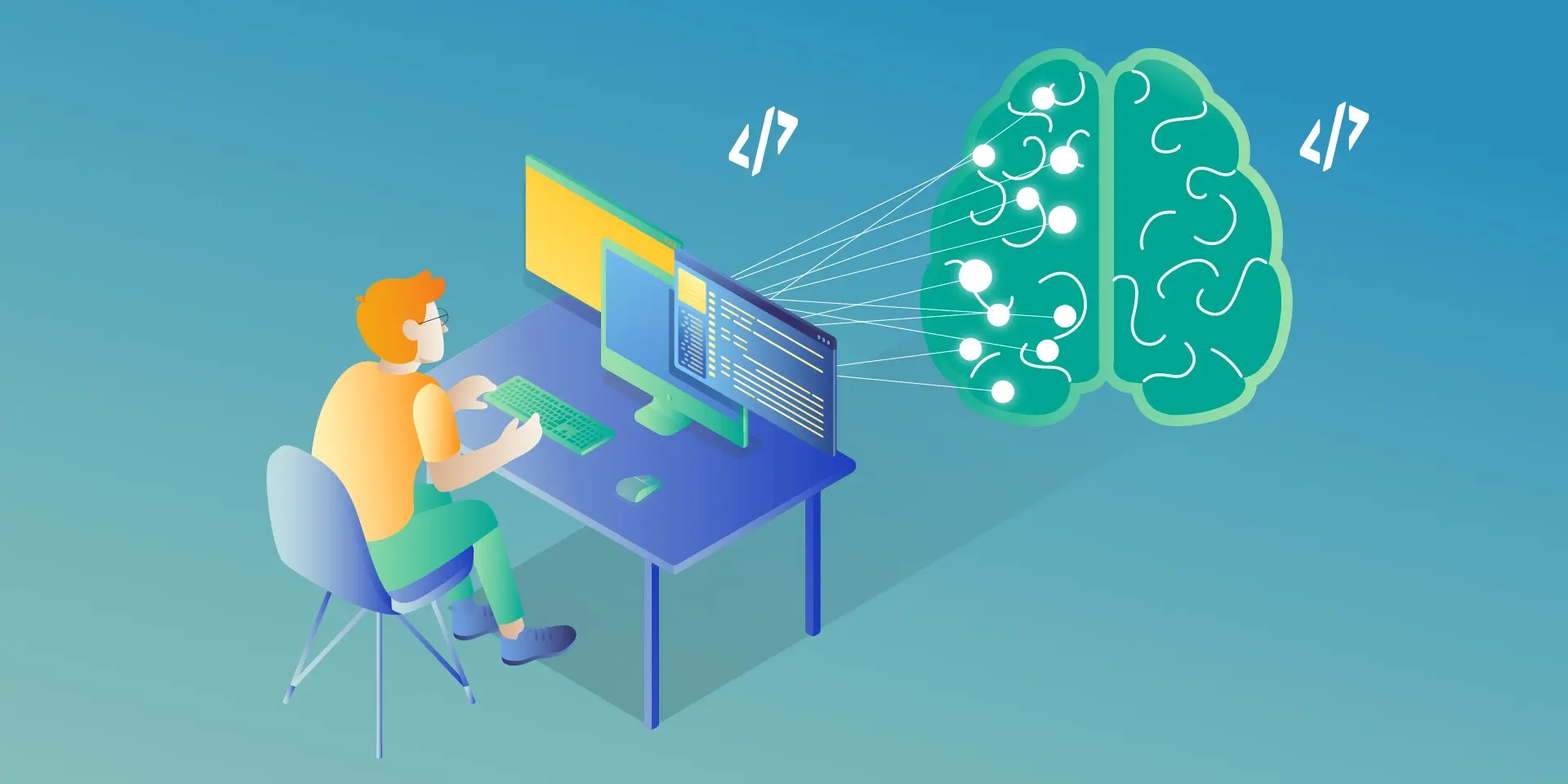Choosing the Right Approach: How Generative AI Powers Legacy System Modernization

In today’s rapidly evolving digital landscape, the need to modernize legacy systems and applications is becoming increasingly critical for organizations aiming to stay competitive. Once the backbone of business operations, legacy systems are now potential barriers to efficiency, innovation, and security.
As technology progresses, the gap between outdated systems and modern requirements widens, making modernization not just beneficial but essential.
This article provides an overview of different legacy system modernization approaches, including the emerging role of generative AI (GenAI). We will explore how GenAI can enhance this process, making it not only faster and more cost-effective but also better aligned with current and future business needs.
Understanding Legacy Systems
Legacy systems are typically maintained due to their critical role in existing business operations. They often feature:
- Outdated technology stacks and programming languages.
- Inefficient and unstable performance.
- High susceptibility to security vulnerabilities due to outdated security measures.
- Significant maintenance costs and challenges in sourcing skilled personnel.
- Difficulty integrating with newer technologies and systems.
Currently, almost 66% of enterprises continue to rely on outdated applications to run their key operations, and 60% use them for customer-facing tasks.
Why is this the case?
Primarily because of a lack of understanding of the older technology infrastructure and the technological difficulties associated with modernizing legacy systems. However, legacy application modernization is often essential. In fact, 70% of global CXOs consider mainframe and legacy modernization a top business priority.
The Necessity of Legacy Software Modernization
As technology rapidly evolves, businesses find it increasingly vital to update their aging infrastructure to keep pace with industry standards and consumer expectations. Legacy systems modernization is crucial for several reasons:
- Security Improvements: Outdated software dependencies in older systems often lack updates, leaving critical bugs and security vulnerabilities unaddressed.
- Operational Efficiency: Legacy systems can slow down operations with their inefficiencies and frequent maintenance needs.
- Cost Reduction: Although initially costly, the long-term maintenance of outdated systems is often more expensive than modernizing them.
- Scalability and Flexibility: Modern systems are better equipped to handle increasing loads and adapt to changing business needs.
- Innovation Enablement: Modernized systems can support new technologies and innovations, allowing businesses to stay ahead in competitive markets.
Modernizing legacy code presents an opportunity to address multiple challenges from both a business and an IT standpoint, improving overall organizational performance and agility.
Different approaches to legacy modernization
When it comes to modernizing legacy systems, there are various approaches available to meet different organizational needs and objectives. These strategies can vary greatly depending on factors such as the current state of the legacy systems, business goals, budget constraints, and desired outcomes.
Some modernization efforts might focus on minimal disruption and cost, opting to integrate existing systems with new functionalities through APIs or lightly tweaking the system to fit a new operating environment. Other approaches might involve more extensive changes, such as completely redesigning the system architecture to incorporate advanced technologies like microservices or even rebuilding the system from scratch to meet modern standards and capabilities.
Each approach has its own set of advantages, challenges, and implications for the business processes and IT landscape. The choice of strategy depends on balancing these factors with the long-term vision and immediate needs of the organization.
Rewriting Legacy Systems with Generative AI
One of the approaches to legacy system modernization involves rewriting the system’s codebase from scratch while aiming to maintain or enhance its existing functionalities. This method is especially useful when the current system no longer meets the evolving standards of technology, efficiency, or security required by modern business environments.
By starting anew, organizations can leverage the latest technologies and architectures, making the system more adaptable and scalable to future needs.
Generative AI is particularly valuable in this context for several reasons:
- Uncovering hidden relations and understanding embedded business rules: GenAI supports the analysis of legacy code to identify complex relationships and dependencies crucial for maintaining system interactions during modernization. It also deciphers embedded business rules, ensuring that vital functionalities are preserved and enhanced in the updated system.
- Improved accuracy: GenAI enhances the accuracy of the modernization process by automating tasks such as code analysis and documentation, which reduces human errors and ensures a more precise translation of legacy functionalities to the new system.
- Optimization and performance: With GenAI, the new code can be optimized for performance from the outset. It can integrate advanced algorithms that improve efficiency and adaptability, which are often lacking in older systems.
- Reducing development time and cost: The automation capabilities of GenAI significantly reduce the time and resources needed for rewriting systems. Faster development cycles and fewer human hours needed for coding and testing lower the overall cost of the modernization project.
- Increasing security measures: GenAI can help implement advanced security protocols in the new system, reducing the risk of data breaches and associated costs. This is crucial in today’s digital environment, where security threats are increasingly sophisticated.
By integrating GenAI in this modernization approach, organizations can achieve a more streamlined transition to a modern system architecture, which is well-aligned with current and future business requirements. This ensures that the investment in modernization delivers substantial returns in terms of system performance, scalability, and maintenance costs.

How Generative AI Fits in Legacy System Modernization Process
Generative AI enables faster speeds and provides a deeper understanding of the business context, which significantly boosts development across all phases, from design and business analysis to code generation, testing, and verification.
Here’s how GenAI transforms the modernization process:
1. Analysis Phase
Automated documentation and in-depth code analysis: GenAI’s ability to assist in automatic documenting, reverse engineering, and extracting business logic from legacy codebases is a powerful capability for modernization projects. It overcomes the limitations of human memory and outdated documentation to help ensure a comprehensive understanding of existing systems before attempting to upgrade or replace them.
Business-context awareness: By analyzing the production source code directly, GenAI helps comprehend the embedded business logic, which speeds up the migration process and improves the safety and accuracy of the transition.
2. Preparatory Phase
Tool compatibility and integration: GenAI tools can identify and integrate with many compatible development tools, recommend necessary plugins or extensions within supported environments, and enhance the existing development environment by automating routine tasks and providing intelligent code suggestions to support effective modernization efforts.
LLM-assisted knowledge discovery: Large Language Models (LLMs) can be used to delve deep into a legacy system’s data and codebase to uncover critical insights and hidden patterns. This knowledge discovery process aids in understanding complex dependencies, business logic, and operational workflows embedded within the legacy system. This step is crucial for ensuring that all relevant data and functionalities are considered before beginning the migration, thereby reducing the risk of overlooking critical components.
3. Migration/Implementation Phase
Code generation and conversion: Using LLMs, GenAI aids in the design process by transforming outdated code into contemporary languages and frameworks, thereby improving the functionality and maintainability of applications.
Automated testing and validation: GenAI supports the generation of comprehensive test cases to ensure that all new functionalities are verified against specified requirements and that the migrated system operates as intended. It helps identify and resolve potential issues early, ensuring a high level of accuracy and functionality before full deployment.
Modularization and refactoring: GenAI can also help break down complex, monolithic applications into manageable modules, enhancing system maintainability and scalability. It identifies and suggests strategic refactoring for areas with excessive dependencies and scattered functionalities.
4. Operations and Optimization Phase
AI-driven monitoring and optimization: Once the system is live, GenAI continues to monitor its performance, optimizing operations and predicting potential failures before they occur. This proactive maintenance helps minimize downtime and improve system reliability.
Continuous improvement and DevOps automation: GenAI facilitates continuous integration and deployment practices, automatically updating and refining the system to meet evolving business needs. It ensures that the modernized system is not only stable but also continually evolving with minimal manual intervention.
Across All Phases
- Sprint execution support: GenAI enhances agile sprint executions by providing tools for rapid feature development, bug fixes, and performance optimizations, ensuring that each sprint delivers maximum value.
- Security enhancements and compliance testing: It identifies security vulnerabilities and compliance issues early in the development cycle, allowing for immediate remediation that aligns with industry standards.
- Predictive analytics for maintenance and monitoring: It also helps anticipate potential system failures and performance bottlenecks using predictive analytics, suggesting proactive maintenance and optimizations to minimize downtime and improve system reliability.
Should Enterprises Use GenAI in Legacy System Modernization?
To determine if GenAI is necessary for a specific modernization project, organizations should consider the complexity and scale of their legacy systems, the need for improved accuracy in the modernization process, and the strategic value of faster project execution.
If the existing systems are cumbersome and deeply intertwined with critical business operations, or if security, speed, and accuracy are priorities, then GenAI is likely an indispensable tool for ensuring successful modernization with optimal outcomes.
Conclusion
Generative AI significantly boosts the legacy system modernization process by introducing advanced capabilities that address a broad range of challenges. From automating documentation and code analysis in the analysis phase to supporting modularization and system integration during implementation, this technology provides critical support that speeds up modernization, ensures high system performance, and aligns with modern technological standards.
GenAI integration not only streamlines processes but also equips organizations to meet future challenges effectively, driving innovation and competitive advantage in a rapidly evolving digital landscape.
If you’re interested in GenAI-supported legacy system and application modernization, contact Grape Up experts. Let’s discuss how to improve your legacy transformation process.
Check related articles
Read our blog and stay informed about the industry's latest trends and solutions.
see all articles





